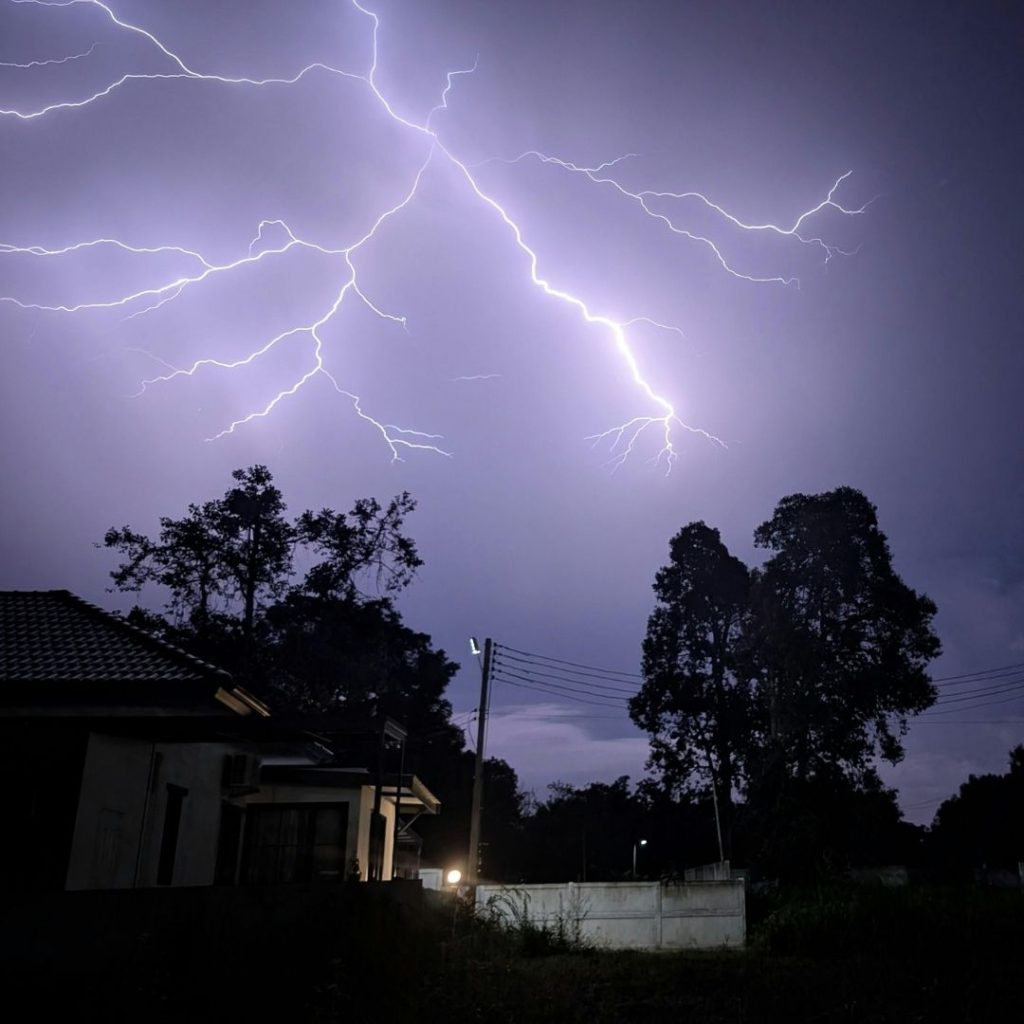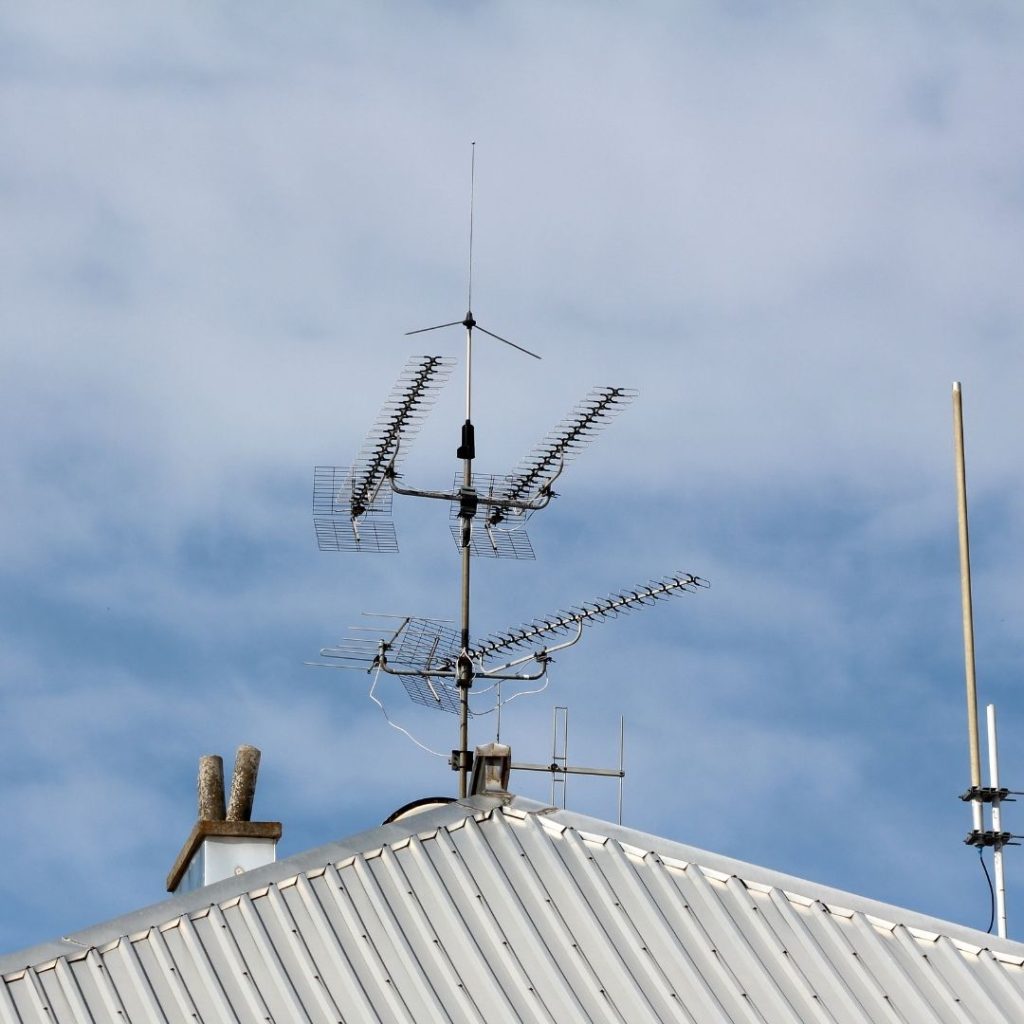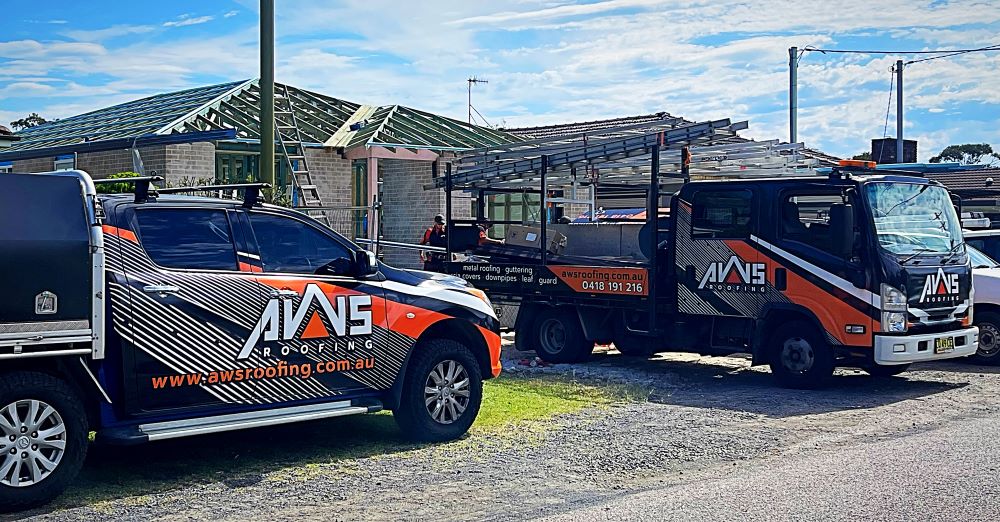Metal roofing stands out as one of the most durable and long-lasting roofing solutions in Australia. Renowned for its remarkable strength, impressive durability, and exceptional energy efficiency, metal roofing has gained popularity among homeowners. A prevalent question that arises among homeowners is — do metal roofs attract lightning?
With an increasing number of homeowners installing Starlink dishes and various aerial devices, concerns regarding lightning strikes have prompted a need for clarity. In this article, we will thoroughly investigate the facts surrounding this topic, emphasizing why metal roofing, along with antennas and satellite systems, is frequently safer than many people commonly assume.

Understanding the Relationship Between Metal Roofs and Lightning Strikes
Despite common misconceptions suggesting that metal roofs attract lightning, the reality is significantly different. A metal roof does not attract lightning. In fact, lightning is drawn towards the highest points in any given landscape, and the material used for roofing has no bearing on this phenomenon. Lightning typically travels along the path of least resistance to reach the ground, which is why it often targets taller structures such as trees, poles, or antennas rather than the roofing itself.
In the unfortunate event that a home featuring a metal roof is struck by lightning, it’s important to note that metal is capable of dispersing energy safely. Unlike roofing materials such as tile or wood, metal does not ignite or burn easily. If a lightning strike occurs, the electrical charge is quickly distributed across the roof's surface and harmlessly dissipates into the ground, especially if the building’s grounding system has been installed correctly.
In conclusion, choosing a Colorbond® roof does not increase the likelihood of your home being struck by lightning. However, should a strike occur, having a metal roof is indeed one of the safest options available, providing homeowners with invaluable peace of mind.
Evaluating the Lightning Strike Risk from Aerials and Starlink Dishes
Similarly to metal roofs, aerials, antennas, and Starlink dishes do not inherently attract lightning simply by existing on your property. Lightning tends to be attracted to height and isolation, rather than specifically to the metallic components of these devices.
If an aerial or dish is the highest point on your property, it may become the most likely target for a lightning strike. This increased risk arises from its elevated position rather than its metallic composition. Therefore, it is essential to understand that the risk of a lightning strike is primarily determined by location and elevation rather than the materials that comprise the structure.
To enhance safety, consider implementing the following best practices:
- Ensure that the dish or antenna is professionally installed and grounded following the AS/NZS 1768 lightning protection standards.
- Bonding and grounding are critical, as they allow any electrical surge to safely travel to the ground, minimizing potential damage to your equipment or property.
- Avoid utilizing isolated, ungrounded poles that rise significantly above the roofline, as these pose a greater risk of attracting lightning strikes.
When properly installed, a Starlink dish or roof-mounted aerial set on a Colorbond® roof remains entirely safe, even amid severe electrical storms.

Discovering the Safety Advantages of Metal Roofing Materials
Beyond the critical aspect of lightning safety, metal roofing offers a variety of inherent protective features that establish it as a superior choice for homeowners:
- Fire Resistance: Metal materials are fundamentally non-combustible, making them an ideal choice for regions prone to bushfires.
- Storm Durability: Metal roofs are specifically engineered to endure hail, high winds, and heavy rainfall far better than many traditional roofing materials.
- Corrosion Protection: Colorbond® coatings provide exceptional resistance against rust, particularly beneficial in coastal areas where salty air can be problematic.
- Energy Efficiency: Reflective coatings on metal roofs help reduce heat absorption during the hot summer months, resulting in lower energy bills.
- Structural Lightness: Metal roofing is lighter than tile, which reduces stress on the roof frame and improves overall structural integrity.
Essential Maintenance Steps for Roof Safety and Efficiency
To ensure complete confidence in the safety of your roof and any mounted equipment, conducting regular inspections is paramount:
- After storm events, inspect flashings, fixings, and sealants to ensure they remain intact and functional.
- Keep gutters and valleys clear of debris to prevent overflow and potential water damage to your property.
- Verify that any antenna installations are properly grounded to minimize risk and ensure safety.
AWS Roofing offers professional inspections and roof replacements across the Central Coast, Newcastle, and Hunter regions, ensuring that each roof functions safely and efficiently while providing maximum protection for your home.

Final Insights on Metal Roof Safety and Performance
A metal roof does not attract lightning; rather, it plays a pivotal role in protecting your home from lightning strikes. When combined with professional installation and proper grounding of any roof-mounted equipment, a Colorbond® metal roof emerges as one of the safest, most reliable, and longest-lasting roofing systems available in Australia.
If you require expert assistance for metal roofing installation or replacement, contact AWS Roofing, trusted specialists in durable and compliant roofing systems throughout NSW.
Do Metal Roofs Attract Lightning? (And Aerials or Starlink Dishes)
The Article: Do Metal Roofs Attract Lightning? A Look at Aerials and Starlink first appeared on https://writebuff.com
The Article Metal Roofs and Lightning: Insights on Aerials and Starlink Was Found On https://limitsofstrategy.com
